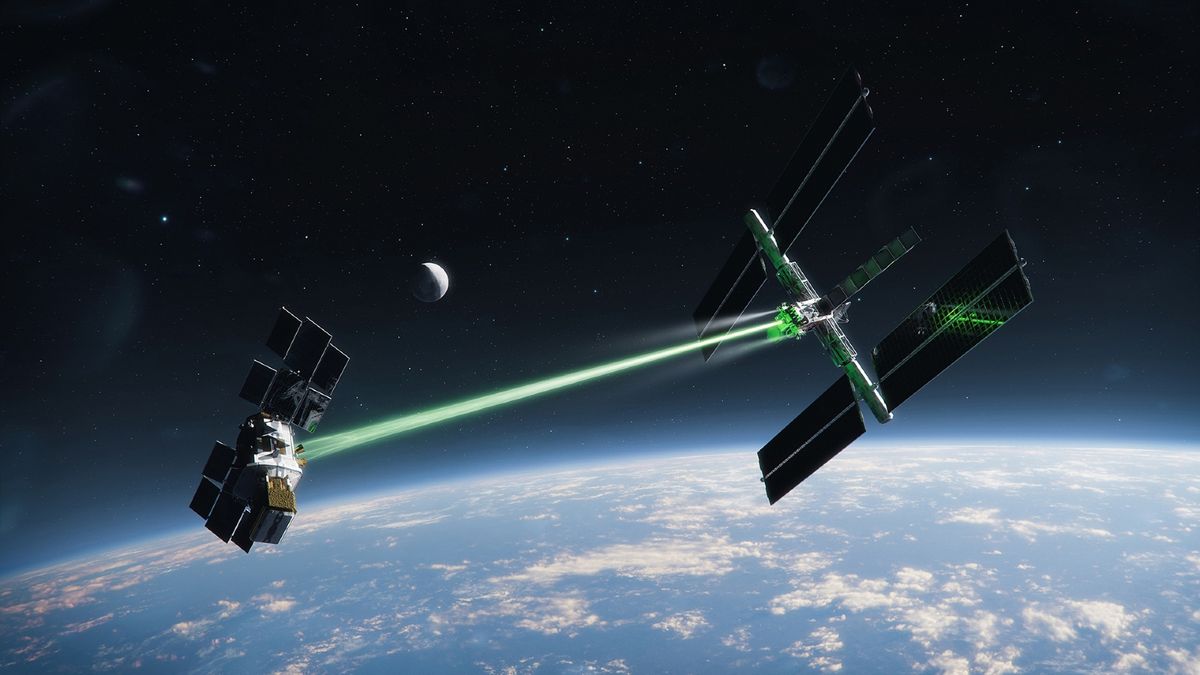
(Image credit: Tobias Roetsch – gtgraphics.de)
If you have any interest in astronomy, you know there is a profusion of satellites being launched by both public and private entities. Lots of satellites make life miserable for Earth-bound astronomers. Worse, it leads to another problem — who takes out the trash?
Satellites have a fixed lifespan and, like all things mechanical, they fail, in which case they became a kind of orbiting space junk. Add in any random debris, and all that empty space above our planet is no longer so empty. Already, there has been a major satellite collision — in 2009, an active communications satellite, Iridium 33, smashed into an old Russian military spacecraft, Kosmos 2251, which added more than 1,800 pieces of debris into Earth’s orbit.
What can be done? There might be at least a partial solution that’s straight out of science fiction — a tractor beam. Specifically, an electrostatic tractor.
Basically, a servicer spacecraft with an electron gun would shoot negatively charged electrons at a target satellite up to 100 feet away. This would give the target a negative charge while leaving the servicer with a positive charge. The electrostatic attraction between the two would keep them locked together. This would enable the servicer to pull the target satellite out of orbit without touching it. The best targets would be those in geostationary orbit (GEO), an orbit around Earth’s equator where a satellite’s speed matches the planet’s rotation, making it seem like it’s fixed in place above the Earth. Hopefully, the target would be pulled upward into a “graveyard orbit” well away from Earth to safely drift forever.
So what could possibly go wrong? First, the electrostatic charge would be very weak, so it would probably take at least a month to move one satellite out of harm’s way. Second, the dead satellite would still be out there. Third, who will pay the bill? Even building a prototype will cost millions.
But if the funding can be found, we could see a working servicer spacecraft tidying up space in about a decade. It would be a major step forward to keeping vital satellites safe and serviceable.
For a complete description, see “Sci-fi Inspired Tractor Beams Are Real, And Could Solve a Major Space Junk Problem” by Harry Baker at https://www.livescience.com/space/space-exploration/sci-fi-inspired-tractor-beams-are-real-and-could-solve-the-major-problem-of-space-junk?.
